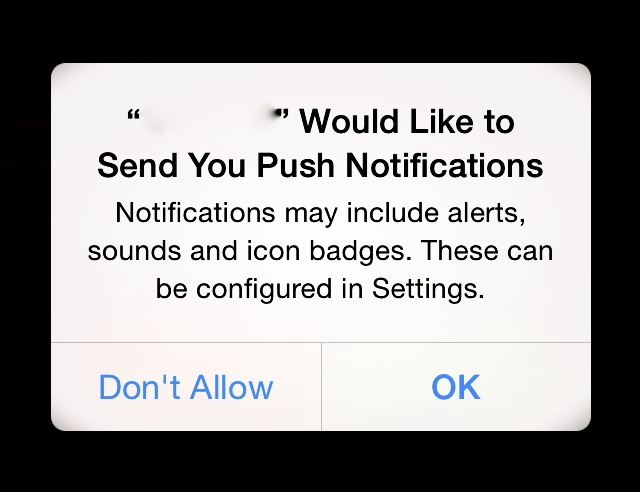- (void)viewDidLoad
{
[super viewDidLoad];
[[NSNotificationCenter defaultCenter] addObserver:self selector:@selector(keyboardWillShow:) name:UIKeyboardWillShowNotification object:nil];
[[NSNotificationCenter defaultCenter] addObserver:self selector:@selector(keyboardWillHide:) name:UIKeyboardWillHideNotification object:nil];
}
- (void)keyboardWillShow:(NSNotification *)sender
{
CGSize kbSize = [[[sender userInfo] objectForKey:UIKeyboardFrameEndUserInfoKey] CGRectValue].size;
NSTimeInterval duration = [[[sender userInfo] objectForKey:UIKeyboardAnimationDurationUserInfoKey] doubleValue];
[UIView animateWithDuration:duration animations:^{
UIEdgeInsets edgeInsets = UIEdgeInsetsMake(0, 0, kbSize.height, 0);
[self.tableView setContentInset:edgeInsets];
[self.tableView setScrollIndicatorInsets:edgeInsets];
}];
}
- (void)keyboardWillHide:(NSNotification *)sender
{
NSTimeInterval duration = [[[sender userInfo] objectForKey:UIKeyboardAnimationDurationUserInfoKey] doubleValue];
[UIView animateWithDuration:duration animations:^{
UIEdgeInsets edgeInsets = UIEdgeInsetsZero;
[self.tableView setContentInset:edgeInsets];
[self.tableView setScrollIndicatorInsets:edgeInsets];
}];
}
↪ UITextView
-(BOOL)textViewShouldBeginEditing:(UITextView *)textView
{
UITableViewCell *cell = (UITableViewCell *)[textView superview];
NSIndexPath *indexPath = [self.tableView indexPathForCell:cell];
[self.tableView scrollToRowAtIndexPath:indexPath atScrollPosition:UITableViewScrollPositionTop animated:YES];
return YES;
}
↪ UITextField
-(void) textFieldDidBeginEditing:(UITextField *)textField
{
UITableViewCell *cell = (UITableViewCell *)[textField superview];
NSIndexPath *indexPath = [self.tableView indexPathForCell:cell];
[self.tableView scrollToRowAtIndexPath:indexPath atScrollPosition:UITableViewScrollPositionTop animated:YES];
}
NOTE : If NSIndexPath is equal to nil in some time, here is the code
↪ UITextView
-(BOOL)textViewShouldBeginEditing:(UITextView *)textView
{
//find the UITableViewCell superview
UIView *cell = textView;
while (cell && ![cell isKindOfClass:[UITableViewCell class]])
cell = cell.superview;
//use the UITableViewCell superview to get the NSIndexPath
NSIndexPath *indexPath = [self.tableView indexPathForRowAtPoint:cell.center];
[self.tableView scrollToRowAtIndexPath:indexPath atScrollPosition:UITableViewScrollPositionTop animated:YES];
return YES;
}
↪ UITextField
-(void) textFieldDidBeginEditing:(UITextField *)textField
{
//find the UITableViewCell superview
UIView *cell = textField;
while (cell && ![cell isKindOfClass:[UITableViewCell class]])
cell = cell.superview;
//use the UITableViewCell superview to get the NSIndexPath
NSIndexPath *indexPath = [self.tableView indexPathForRowAtPoint:cell.center];
[self.tableView scrollToRowAtIndexPath:indexPath atScrollPosition:UITableViewScrollPositionTop animated:YES];
}
